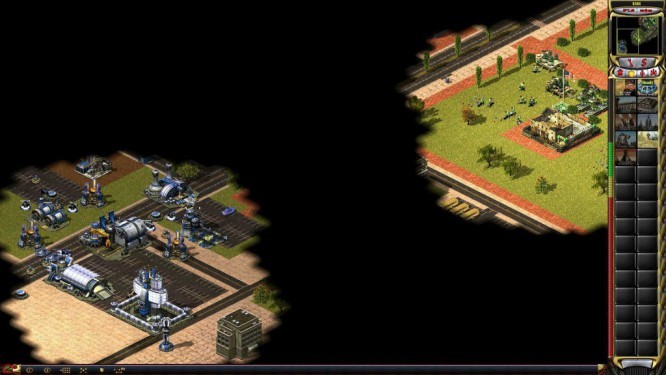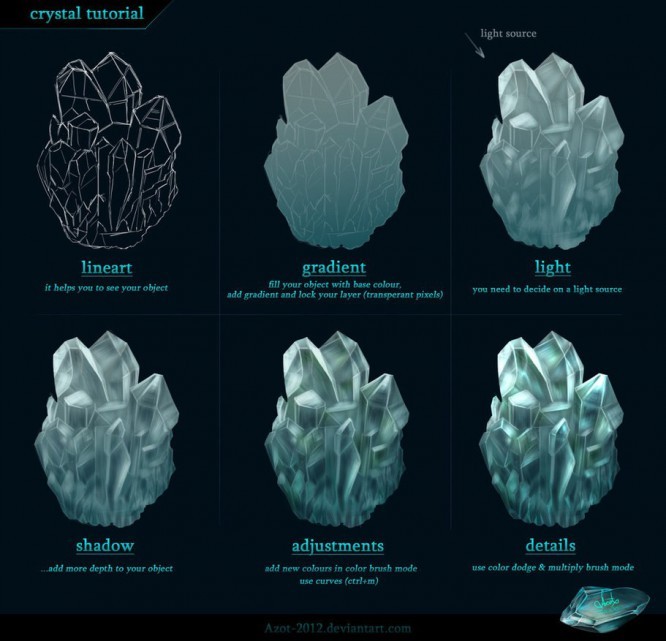Designers in the dark
Designers in the dark
Translation of the article “Designers in the dark” published on the Product People blog on Medium.com.
Designer Sasha Grif recently proposed the concept of the “fog of war”. Strategy video games often use this mechanic: at the beginning of the game, most of the map is hidden by darkness.

The only way to find out what’s around is through research. Because of this, the players are not in the most advantageous position – they do not see the dangers that surround them. Therefore, you often have to rely only on luck.
Sound familiar?
Fog of War is the perfect metaphor for the work of designers. They are given tasks, but they remain in the dark about many of the circumstances accompanying this task.
It is extremely important for designers to see the entire “game map”. A clear understanding of the entire area of work helps them make the right decisions. Here are some questions that need to be addressed in time:
- Who is the client?
- Who is the target audience?
- What is the client’s goal?
- How should the audience respond?
- How will the success (or failure) of this project be measured?
Once the entire area of work is visible, designers can tackle it. They stop being cogs in the machine and turn into full-fledged actors who can influence the success of the project.
Designers are often kept in the dark about the problems associated with completing a task. This means that some, even the most talented creatives, do not critically evaluate the difficulty of completing an assignment. This emphasizes the need to identify the vision and mission of each project.
Vision: Why are we doing this? How can this change the world?
Mission: What’s the purpose? Where do we need to finish the job?
When designers internalize both the vision and the mission, they become meaningful partners in the planning process. They can anticipate potential roadblocks and help avoid mistakes.
Indeed, designers should not be left out of the process. In this Smashing Magazine article, Paul Bog discusses the benefits of collaboration between designers and developers.
During the heyday of Digg, I overheard a conversation between Daniel Burka (lead designer at Digg) and Joe Stump (its lead developer). They were discussing the Digg button change that Daniel wanted to introduce. In his opinion, the difference was minimal. But Joe noticed that even the smallest design change would have a huge impact on site performance, requiring Digg to redesign the server architecture.
Projects in which a wall is built between the client and the designer are often more expensive, perform worse and have a huge number of risks. Better communication leads to better results.
Designers are not pawns!
Sometimes managers act as if their project is a top secret operation, so it is necessary to provide a minimum of information – “only the most necessary.”
Most often, this “most necessary” is misinterpreted by some people – for the sake of increasing their own value or hiding some undesirable aspects of their work. Such “protectionism” does not lead to a better implementation of the project.
Invite designers to a common discussion table. Don’t leave them in the dark.
Translated by: Vasily Fedotovsky
…


